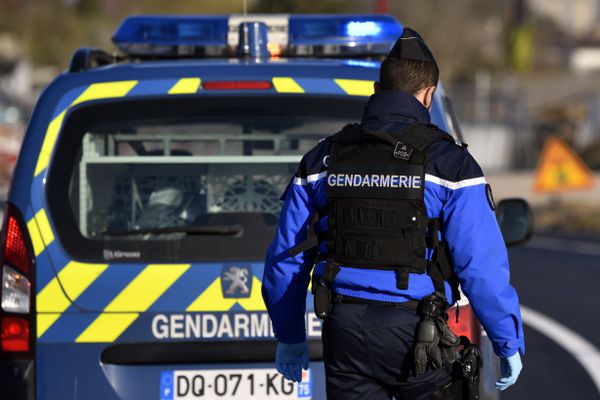Since 2009, the French gendarmerie has been under the control not only of the Ministry of Defence but also of the Ministry of the Interior.
Since then, hundreds of brigades have been closed throughout France, which has resulted in the gendarmerie often taking a long time to become operational. This was supposed to be countered by stopping the downsizing, but this was criticised in 2019 by a call from the Court of Auditors for more rationalisation.
Now, however, these efforts to reduce the gendarmerie seem to be old chatter. Back in September, France's President Macron declared that he would double the public presence of the police and gendarmerie within the next ten years - apparently contradicting previous policy. As a result, on the 6th of October, the director of the National Gendarmerie made a proposal to look for alternative deployment options for the gendarmerie after all. For example, the number of reservists should be increased from 34,000 to 50,000. They could, for example, support newly created gendarmerie posts consisting of two gendarmes at their places of residence. In concrete terms, there is talk of posts in town halls, among other things.
The French gendarmerie is present with policing tasks in rural areas, while the national police operates in urban areas. In 2005, its strength was over 104,000 officers, 102,322 of whom were soldiers. Although it also performs police duties, it is under the Ministry of Defence (and since 2009 also under the Ministry of Interior). A special unit of the gendarmerie is the Groupe d'intervention de la gendarmerie nationale, which focuses on counter-terrorism. Other departments of the Gendarmerie are active, among other things, as a guard and counterintelligence service for defence authorities.

